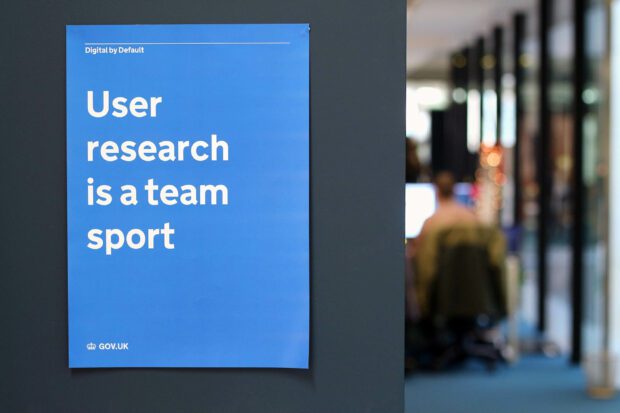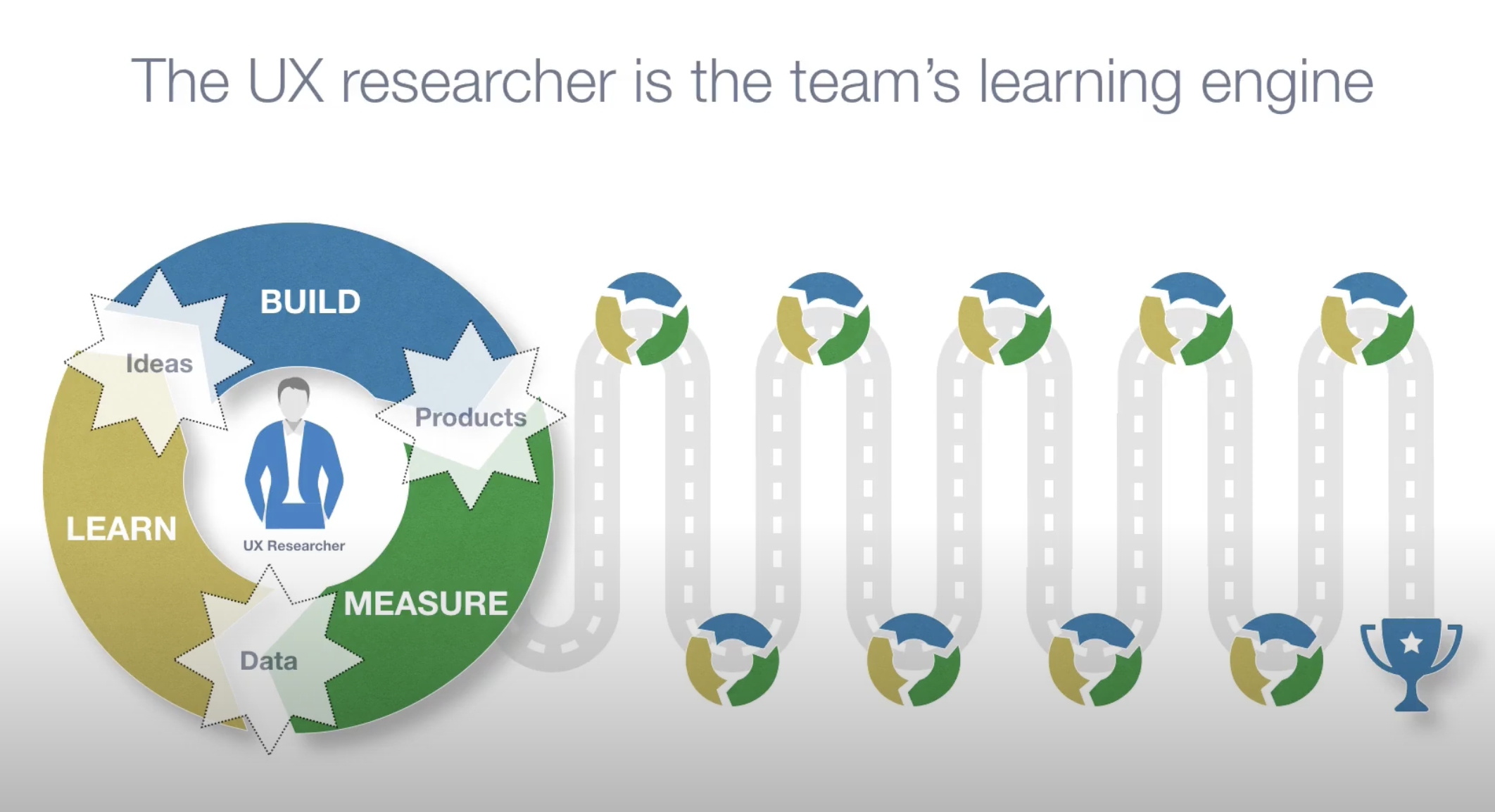User Experience (UX) Research

UX research is a systematic process of understanding and evaluating how users interact with a product, service, or system. We draw from a wide range of research methods and techniques to gain insights into user behaviors, preferences, needs, and pain points. In other words, UX research involves studying users to uncover valuable information that informs design decisions and improves the overall user experience.
"User researchers' job is not to learn about users, but to help our teams learn about users" - Training can help us all to play the ‘team sport’ well: it enables research to be owned by the teams, not only in the head of the researcher.
Research methods include:
-
Qualitative User Experience Research: This refers to studies designed to gain anecdotal evidence from current users of a product or service. Unlike quantitative research, which focuses on numerical data, qualitative research aims to understand people’s beliefs, practices, and experiences on their terms and context of use. Here are some key points about qualitative UX research:
- Purpose: The goal of qualitative user research is to obtain and analyse non-numerical, subjective information. This data takes the form of quotes, anecdotes, observations, or narrative descriptions. It helps us assess how usable a product is and may explain numerical trends seen in quantitative research.
-
Methods: Qualitative research involves various methods, including:
- Contextual Observation: Researchers observe users in their natural environment to understand their behaviors and interactions with a product
- Ethnographic Studies: In-depth studies of user culture, context, and behavior
- Interviews: Conversations with users to gather insights and understand their perspectives
- Field Studies: Researchers immerse themselves in the user’s environment to gain first-hand experience
- Moderated Usability Tests: Participants interact with a product while sharing their thoughts aloud

- Quantitative Usability Testing: Collects usability metrics like time on task, error rate, or success rate. This data helps monitor product UX and track improvements over time.
- Web Analytics (or App Analytics): Provides insights into user behavior within your product. Analysing analytics data helps identify performance issues.
- Affinity Mapping and Card sorting: Affinity mapping is primarily used to group and organise ideas or information, while card sorting is used to understand how users categorise and collect data.
- Surveys: Gather information about user attitudes and behaviors. Carefully crafted surveys can provide both qualitative (open-ended feedback) and quantitative (large-scale responses) data
A balanced approach using both qualitative and quantitative research methods often yields the best results in UX research

